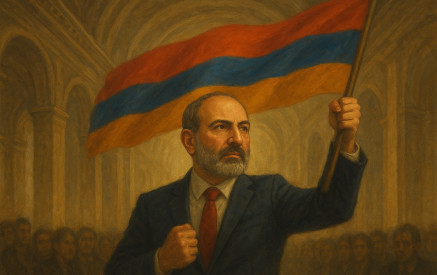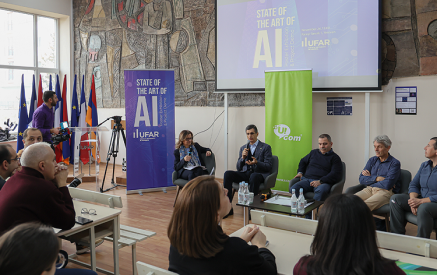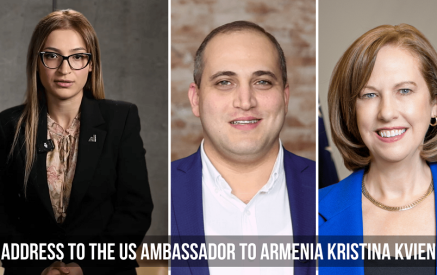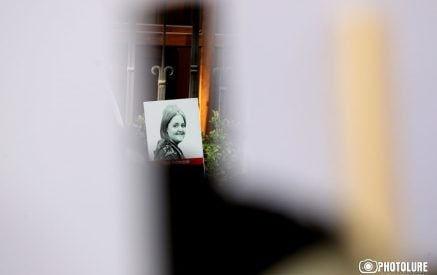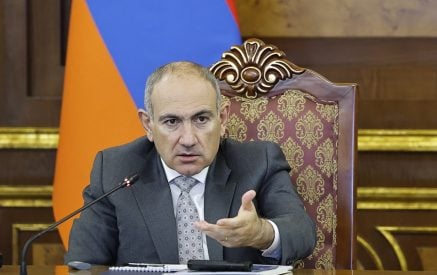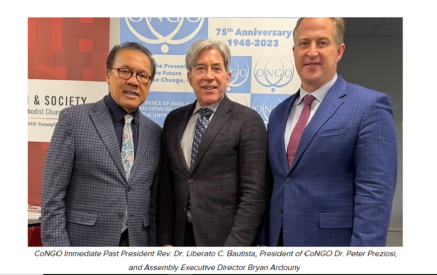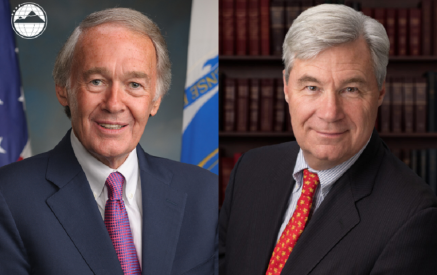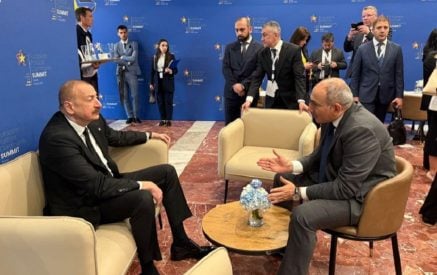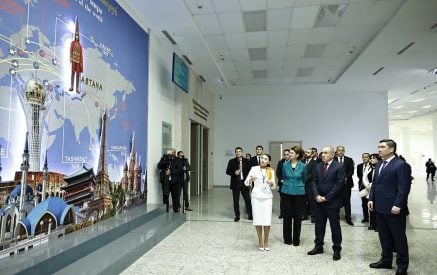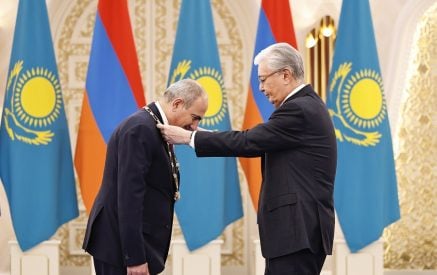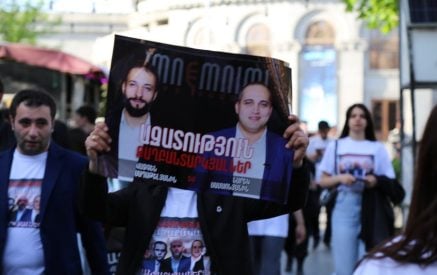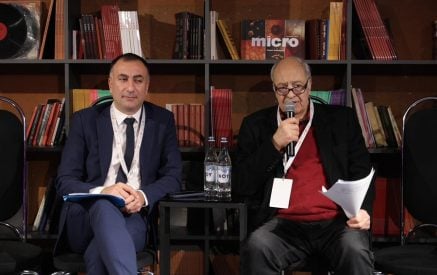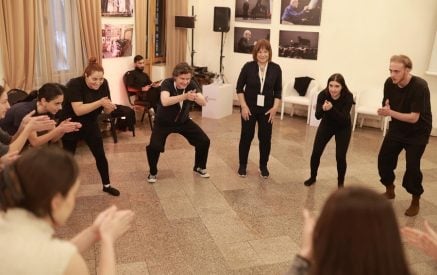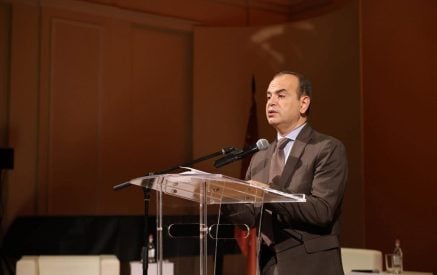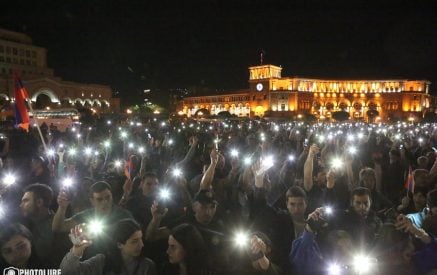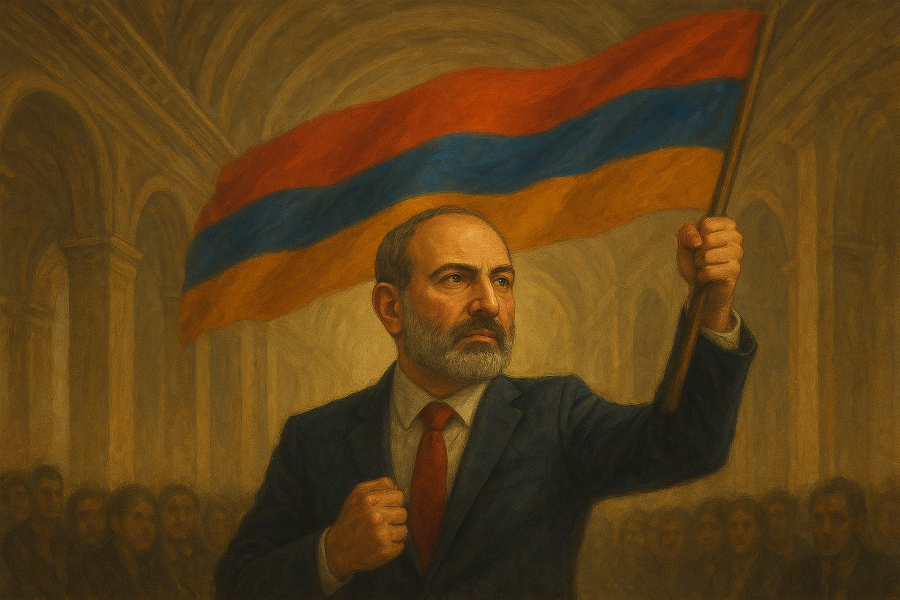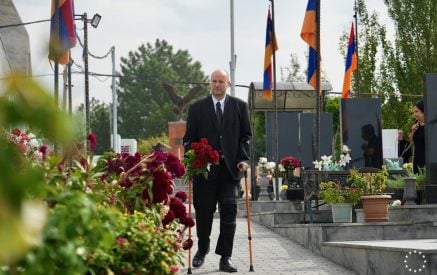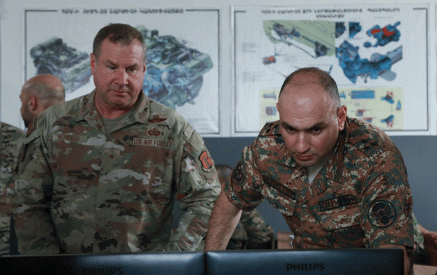In a significant share of American films, one cannot help but notice the pathos that conveys the core messages of the state—addressed both to its own citizens and to the world. Two techniques dominate the American repertoire of cinematic pathos. The first is the closing courtroom scene, where good triumphs over evil. The message is unmistakable: no matter how many ordeals the protagonists endure or what insurmountable obstacles they face, justice prevails—because the American court is there to set things right. Not weapons, not force, but the Law itself—represented by the impartial judge and the jury.
The second classic setting for a final scene is Arlington Cemetery. The storyline typically unfolds as follows: a soldier who fought in Iraq or Afghanistan was long considered missing; his remains are now found (or, alternatively, his tarnished honor is posthumously restored). The burial takes place with full military honors—gun salutes, the mournful call of the bugle—and the flag-draped remains are handed to the widow or the children. Does this imply that the U.S. waged a just war in the Middle East, fighting for democracy? Or that American soldiers always treated civilians humanely?
No one is required to believe such things. The message of these pathos-laden scenes is different: these people were sent to war by the American nation (or the state—which, in this case, amounts to the same thing), and if you consider yourself a part of that nation, you are obliged to bow your head before the fallen. You may mock this pathos, call the propaganda primitive or crude, yet it is, nonetheless, a national emblem produced by the state—and it inevitably shapes even the most cynical and disbelieving viewers, especially when the state’s explicit or subtle directives are executed with solid artistic craftsmanship. All serious states maintain similar attitudes toward their past and present; they all possess what is commonly known as “grand narratives.” And state myths need not faithfully mirror historical reality.
Soviet power, for instance, glorified Alexander Nevsky, who, in modern terms, was essentially a “collaborationist” subordinate to the Mongol-Tatar rulers. The Third Republic of Armenia fought two bloody wars against Azerbaijan, yet our state never managed to craft a mythology—positive mythology—that would help our citizens orient themselves in a turbulent and rapidly changing world. After 2020, expressions like “the heroic Artsakh war” or “the liberation of Artsakh” were entirely purged from official language; Yerablur did not—and especially now does not—play a role anything like Arlington.
Read also
The heroes, we are told, were not heroes at all, but merely “martyrs,” whose memory must be honored “in some other way.” In what way? Apparently, by fulfilling all of Azerbaijan’s demands. All of this, however, must eventually be replaced by some new mythology. By what? Surprisingly, a formula has already been offered by a genuine hero of the First Artsakh War—now an ally of Pashinyan. According to that formula, the political change of 2018 was more important than the liberation of Artsakh.
In other words, that transition was the only bright and heroic page in our 5,000-year history. (Perhaps King Pap was somewhat bright too, but the clergy killed him.) Thus, the sole myth of the current government is that the people—together with their powerful leader—overthrew the rule of plunderers and are now confidently moving toward a happy, independent future (without the Russians). Therefore, the only hero of this mythology is Pashinyan. As a temporary propaganda thesis, it still works. As state mythology, however, it is exceedingly weak.
…I will not even write about the courts: I blush on behalf of our judges.
Aram ABRAHAMYAN


